Understanding Safe Sleep Practices for Babies
Understanding Safe Sleep Practices for Babies
Adhering to safe sleep practices can reduce the risk of sudden infant death syndrome (SIDS), the unexplained death of a baby under 1 year. Make sure to discuss safe sleep with everyone who cares for your baby, clearly outlining your expectations for following these guidelines.
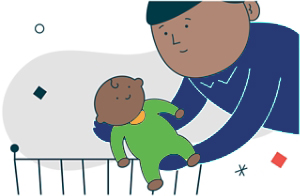
Always place your baby on their back to sleep.
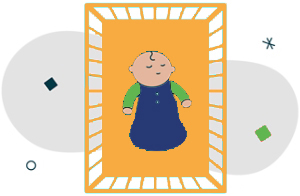
Place your baby to sleep alone in their crib.
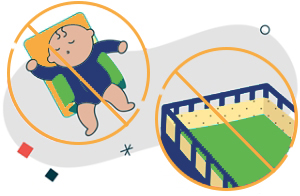
Avoid using sleep positioners, bumper pads, or other crib attachments, as they could obstruct your baby’s airway or lead to entrapment.
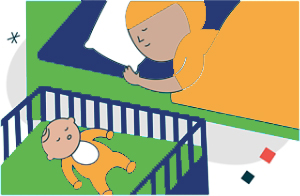
Have your baby sleep in your room (in their own separate sleep space) for at least the first 6 months, or ideally the first year. Avoid sharing a bed or sleeping with your baby on a couch or chair.
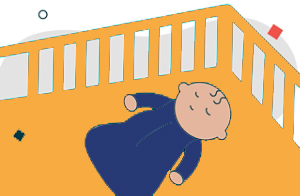
Lay your baby down to sleep on a firm, flat surface. A crib, cradle, or bassinet that meets safety standards is the safest option.
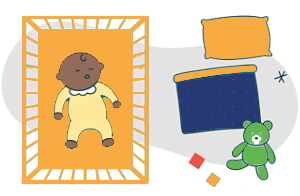
Remove soft items (such as blankets, stuffed animals, and pillows) and loose bedding from the crib, as they could obstruct your baby’s breathing or pose a risk of entrapment.
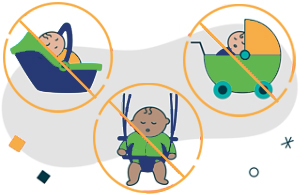
Avoid placing your baby in a car seat, sling, swing, bouncer, or stroller for sleep.
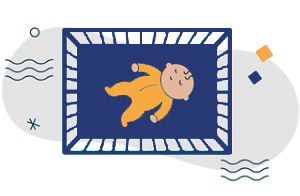
Maintain a comfortable room temperature so your baby can sleep in lightweight clothing without the need for a blanket.
Follow-up care is essential for your child’s treatment and safety. Make sure to attend all appointments and contact your doctor if your child is experiencing any issues. It’s also helpful to know your child’s test results and maintain a list of the medications they are taking.


